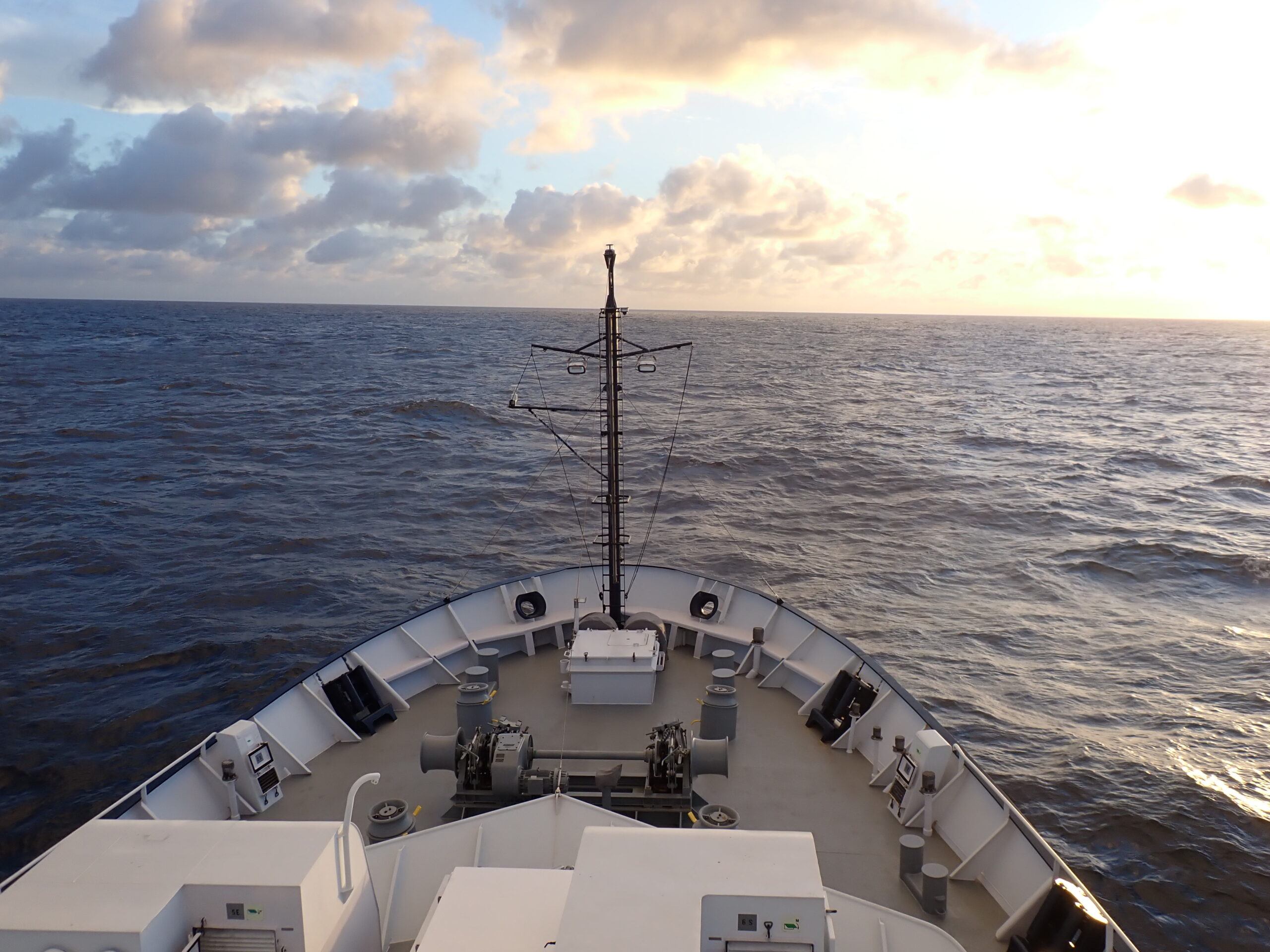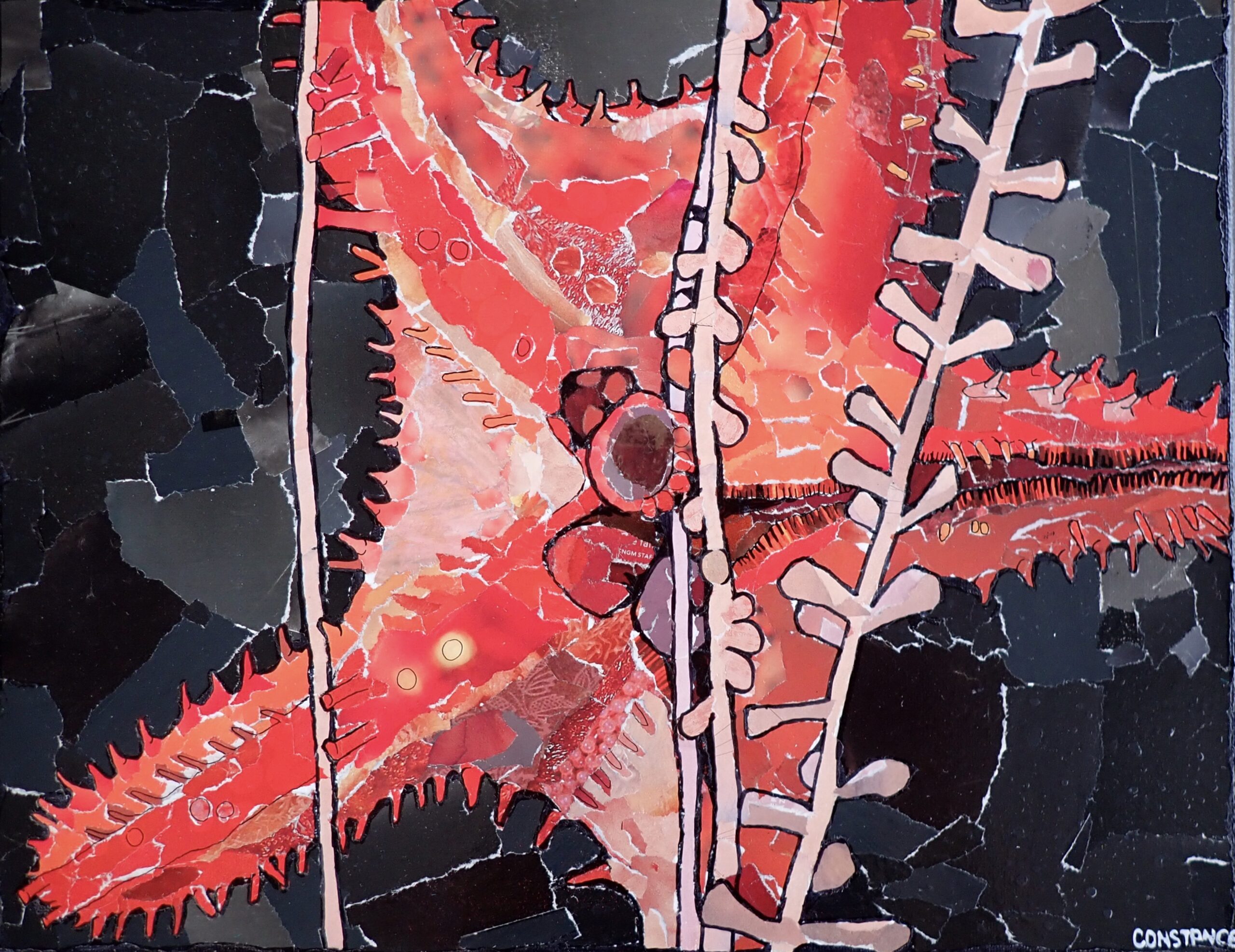
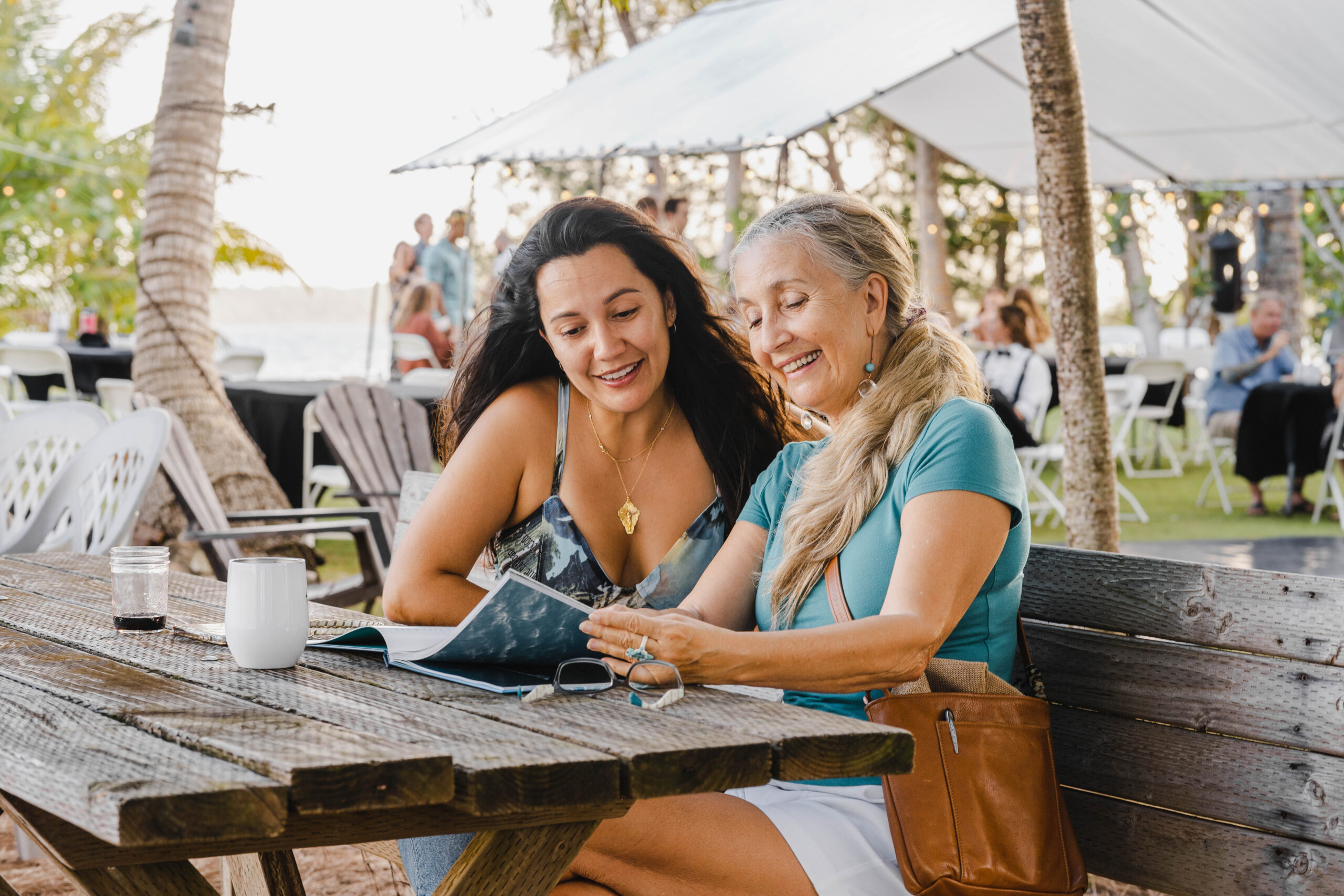
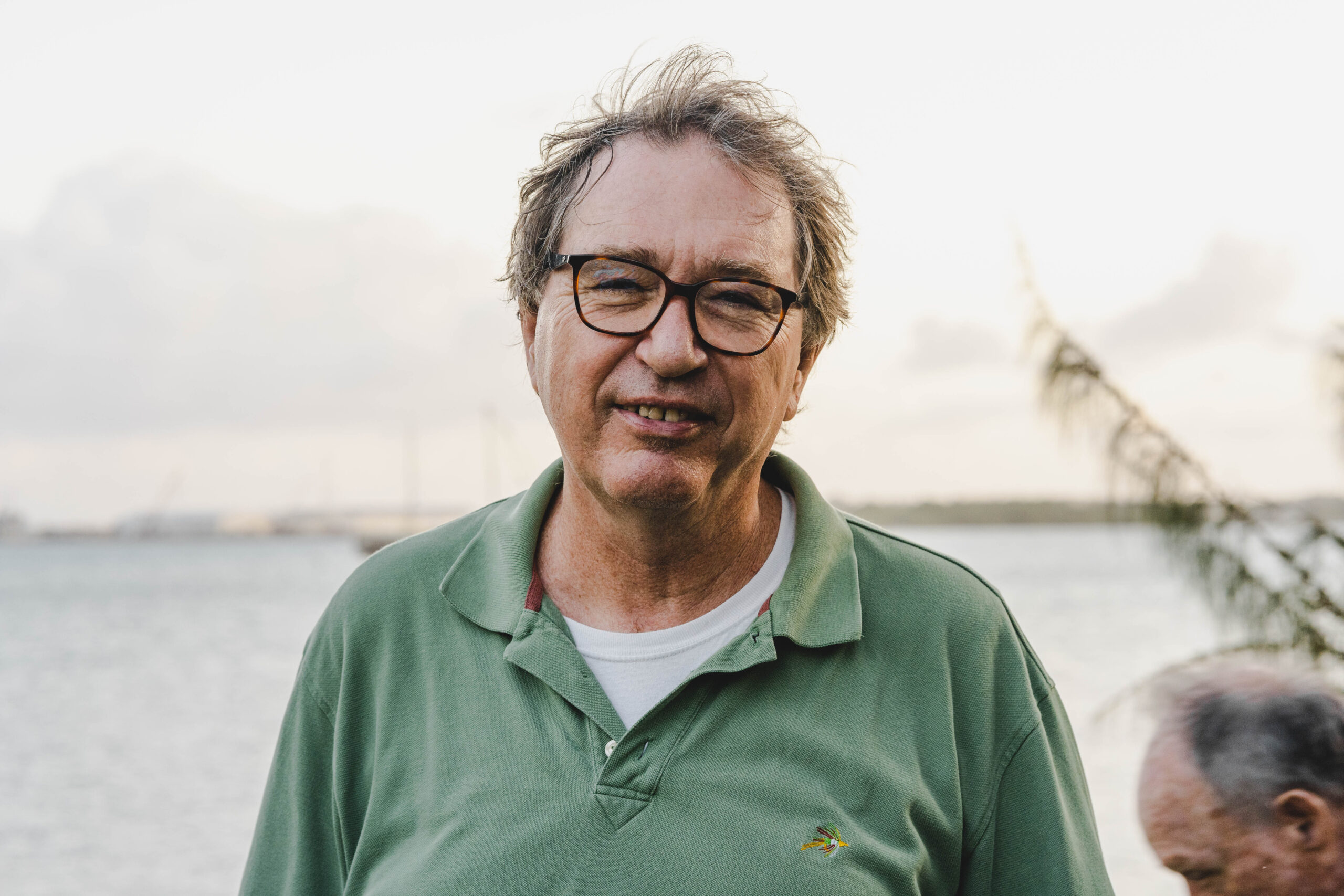
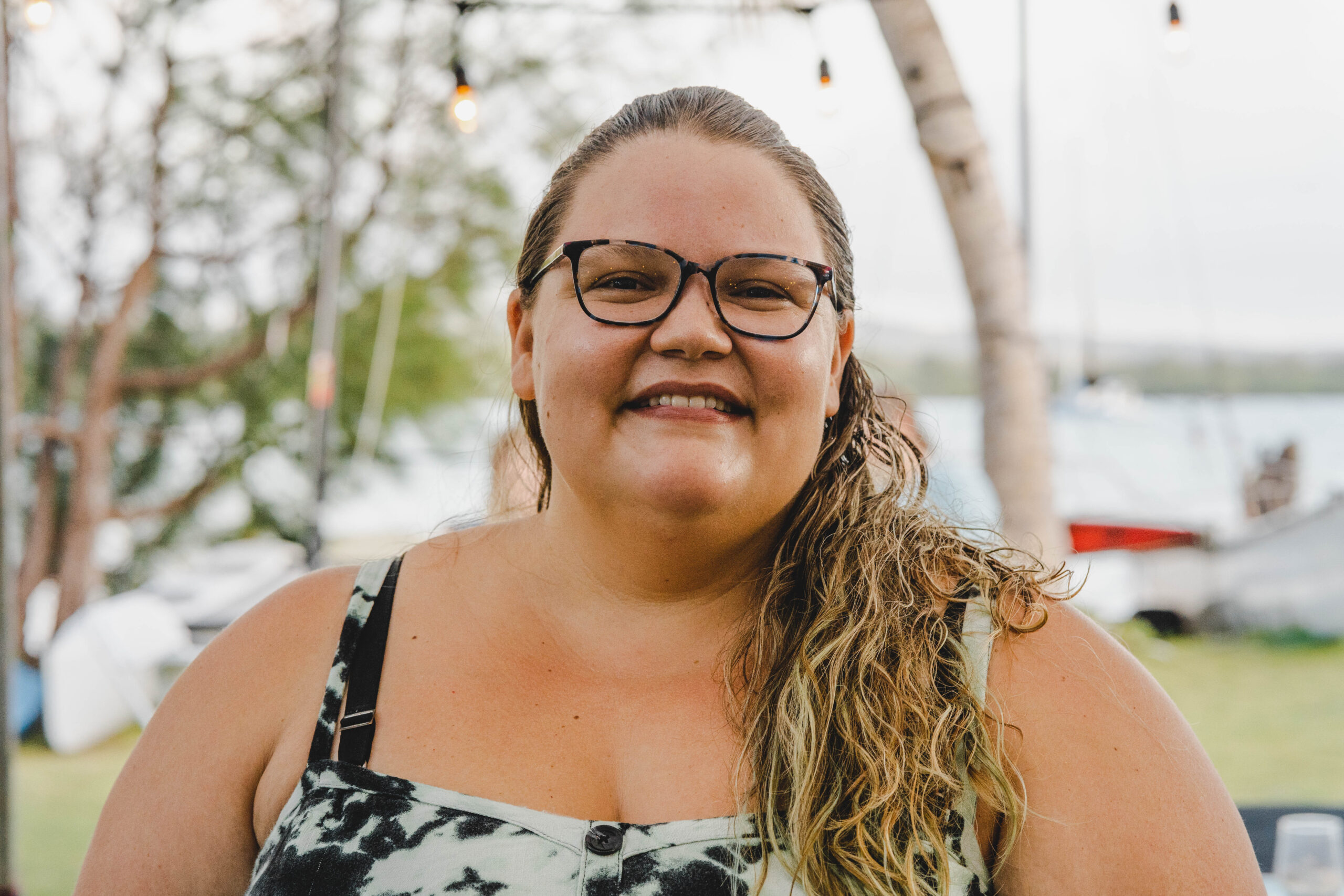
The University of Guam Marine Laboratory celebrated 50 years of science and service to the Pacific region on May 7th, 2022.
Since its establishment in 1970 as one of the world’s first research facilities dedicated to the study of coral reefs, researchers at the laboratory have discovered numerous new species and contributed to the recovery of coral reefs.
During the event, UOGML Director Laurie Raymundo, commemorated the release of a book featuring photos and writing from faculty, students, and colleagues to celebrate the commitment of those who have played a part in the laboratory’s history and its research within the region.
In his speech, UOG President Thomas Krise commended Guam NSF EPSCoR for its contributions to the facility’s research capacity.
“We anticipate that EPSCoR is spreading the achievement of research and the development of students, which is really important,” said Krise.
Terry Donaldson, the principal investigator of Guam NSF EPSCoR, says that the grant has helped contribute greatly to the future of the research being done at the marine laboratory.
“We’ve got a young generation of students who have great promise,” said Donaldson. “We have a lot of people who did their degrees on Guam who have come back and lots of people who used to be on the faculty and to be able to have these people and this celebration is fantastic. The future is bright.”
The event connected researchers, students, alumni, and colleagues who played a part in shaping the history of the facility.
“It’s pretty amazing to celebrate the lab’s anniversary,” said Kelly Ebeling-Whited, a Guam NSF EPSCoR Biorepository technician. “I get to see the people whose names I’ve seen on the really old specimens we have. I’m seeing stuff from 1963 and meeting the people who collected them.”
The UOG Marine Laboratory continues to contribute important marine research regionally and globally. Ongoing research at the laboratory includes coral genetic connectivity across the Pacific, coral diseases, reef adaptations to climate change, and more.




















